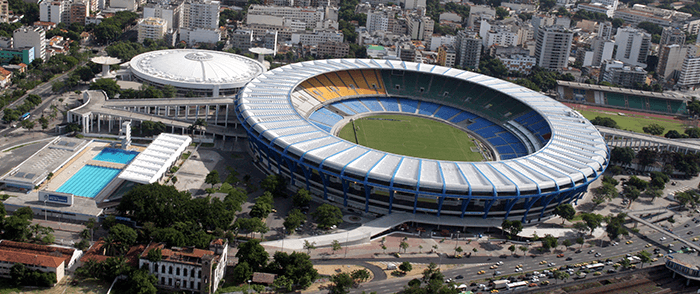
The Rio Olympics is underway. And as sure as Mo Farah doing the Mobot and Michael Phelps taking home a medal or two, sports dopers will be trying out new ways of enhancing performance. Only 70 percent of the Russian team were given the green light to compete at this year’s Olympics – and the nation has been banned entirely from September’s Paralympics, which is a clear signal that scientists and authorities are still playing “catch up” or, as Douwe de Boer put it more diplomatically in our February issue: “scientific progress is continuously required (1).”
Samples from Rio will be tested retroactively, as is common, but what will analysts be on the lookout for? As well as being alert for anabolic steroids – responsible for many athletes being stripped of their prior medals – they will be looking for evidence of blood doping, such as EPO. And amid rumors of genetic enhancement, tests for gene doping will also factor. It is unlikely all wrongdoers will be caught, of course. A recent retesting of samples from Beijing (2008) and London (2012) found that more athletes had doped than previously thought – an increase from 0.52 to 7.14 percent in the case of Beijing, and from 0.18 to 9.43 for London (2) – a testament to more sensitive analytical methods. But as it’s estimated that around a third of athletes may engage in doping (3), the it seems that many transgressors are still falling – quite easily – through the net. It’s not hard to see why. There is an unwieldy number of substance classes on the World Anti-Doping Authority (WADA)’s banned list (4). And although some blood doping can be detected, there is currently no direct method in place for autologous blood transfusion (ABT; 5). In the gene-doping arena, CRISPR could potentially open new doors – and as more experimental gene therapies threaten to come to the fore, it’s clear that doping detection is going to have to further up its game. But how? Mario Thevis (Professor for Preventive Doping Research at the German Sports University) told The Analytical Scientist that a combination of methods may be the most effective means of testing (1), an idea which seems to have been gathering pace; Francesco Botrè (Anti-doping Laboratory, Rome, Italy) recently stated that the “one class - one procedure approach is no longer sustainable” (6). Thevis also noted that for enhanced retrospectivity, there is a need to incorporate emerging doping agents into routine sports drug testing programs early on – supported by a recent paper from the Swiss Laboratory for Doping Analyses, which posits the employment of multi-omic strategies as the answer for ABT detection (5). Regarding Rio, a WADA-funded report published by a team at the National Measurement Institute (NMI) in Sydney, Australia, states the intention to take a multi-pronged approach, including newly-developed tests to detect synthetic DNA in the blood (7). As the scientific integrity of WADA is called into question (8), the fight against what International Paralympic Committee president Sir Philip Craven calls a “medals over morals mentality” (9) will be harmed by scientists who do not remain apolitical. Whether through developing simpler and more robust methods for detecting transgressions or – as editor Rich Whitworth urged in our January issue (10) – speaking out when methods are not fit-for-purpose or measurements are manipulated, analytical scientists must maintain serious stamina if they are to win this particular long-distance race. And until the doping test results roll in, there’s still the mystery of the green swimming pools to solve.
References
- https://theanalyticalscientist.com/issues/0216/the-gloves-are-off/ http://cen.acs.org/articles/94/i32/Athletes-Rio-Olympics-face-advanced.html http://www.nytimes.com/2013/08/23/sports/research-finds-wide-doping-study-withheld.html?_r=0 World Anti-Doping Agency. The Prohibited List (2016). www.wada-ama.org Salamin et al, “Autologous Blood Transfusion in Sports: Emerging Biomarkers”, Transfusion Medicine Reviews [Epub ahead of print] (2016), doi:10.1016/j.tmrv.2016.05.007 F Botrè et al, “Multianalyte LC–MS-based methods in doping control: what are the implications for doping athletes?”, Bioanalysis, 8, 1129 –1132 (2016), doi: 10.4155/bio-2016-0083 https://www.wada-ama.org/en/resources/research/implementation-of-method-of-erythropoietin-gene-doping-detection-in-wada https://www.theguardian.com/science/political-science/2016/jul/25/can-anti-doping-bodies-maintain-their-scientific-integrity-the-answer-is-troubling https://www.theguardian.com/sport/2016/aug/07/russia-banned-outright-paralympics-ipc https://theanalyticalscientist.com/issues/0116/nice-measurement-now-what/




